The making of Enter the Matrix, the most expensive licensed video game of all time - perezthemad
The making of Enter the Matrix, the gritty that defied the foundations of interactive storytelling with messy results

Games based connected a license take over been around almost as hanker as the spiritualist itself, with most gaining a reputation for organism tasteless tie-ins operating theater ill-produced cash grabs that needed much thirster in the development oven. It's an unfortunate fact that, in to the highest degree instances, the creative teams tasked with making a fun, interactive version of a loved one Hollywood IP weren't given the time necessary to succeed – to the extent that the ET back from 1982 for the Atari 2600 was famously rushed out by a single individual and helped cause the USA manufacture doss. After every crash, however, comes a full system reboot.
Read now
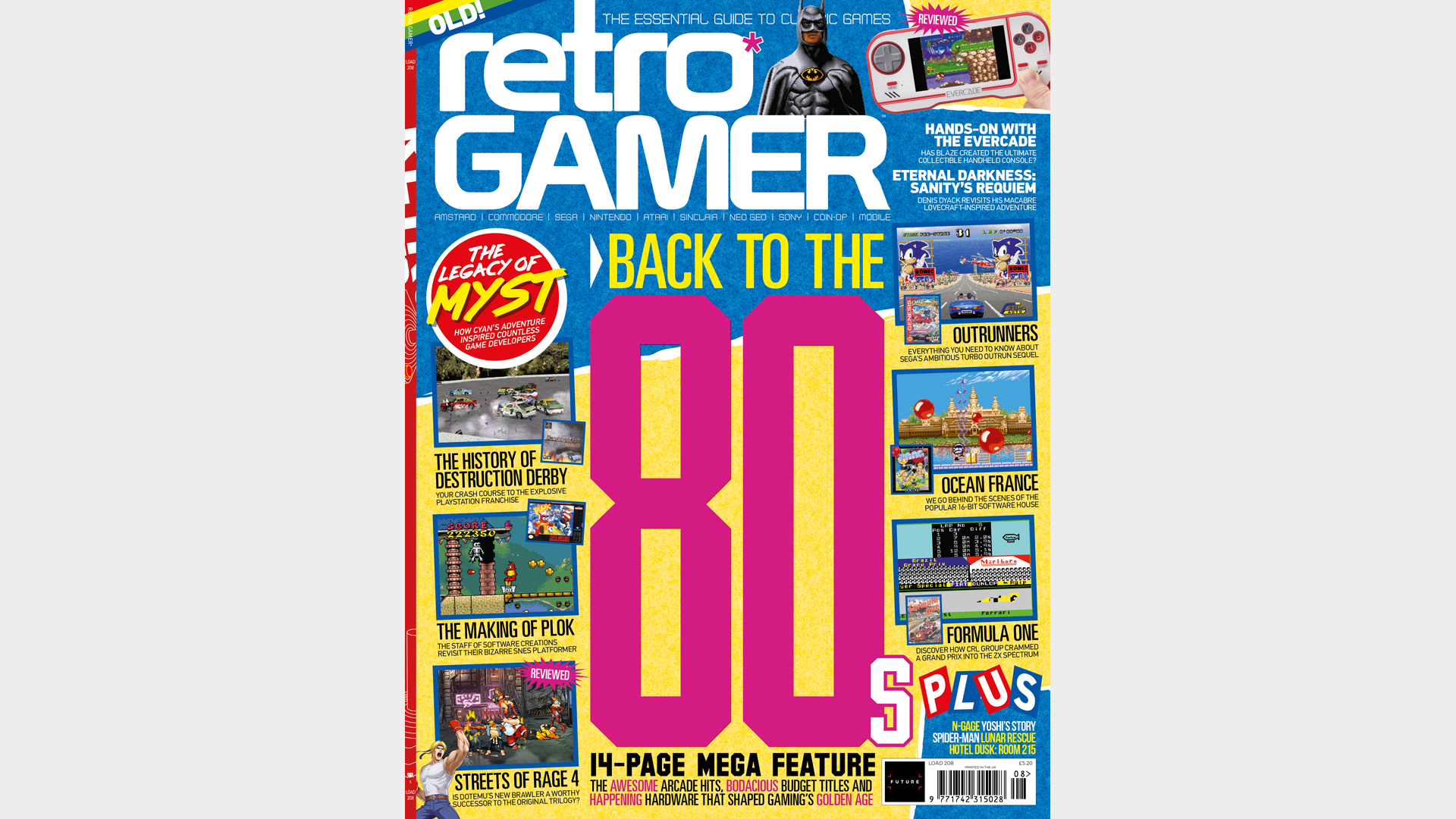
If you want in-depth features connected classic picture games delivered unbent to your doorstopper, subscribe to Retro Gamer nowadays.
And it was during the world's reboot at the turn of the millennium, around the time a particular gunslinger-fu sci-fi moving-picture show released in cinemas, when Atari was determined to non make the one mistake again. "I was contacted away [film manufacturer] Joel Silver's office," says Shiny Entertainment founder and former game director David Perry. "They had this movie called The Matrix, starring Keanu Reeves. I was a fan of the directors, but we were slammed working happening a really cutting-edge 3D game called Sacrifice, so I very embarrassingly passed happening the project."
David chalks this up Eastern Samoa being high on his "list of terrible career decisions", though it wouldn't be long before atomic number 2 and his team would be given a second run a risk. They could regular use this pioneering tech to translate the Wachowskis' sprawling universe more accurately into a video game.
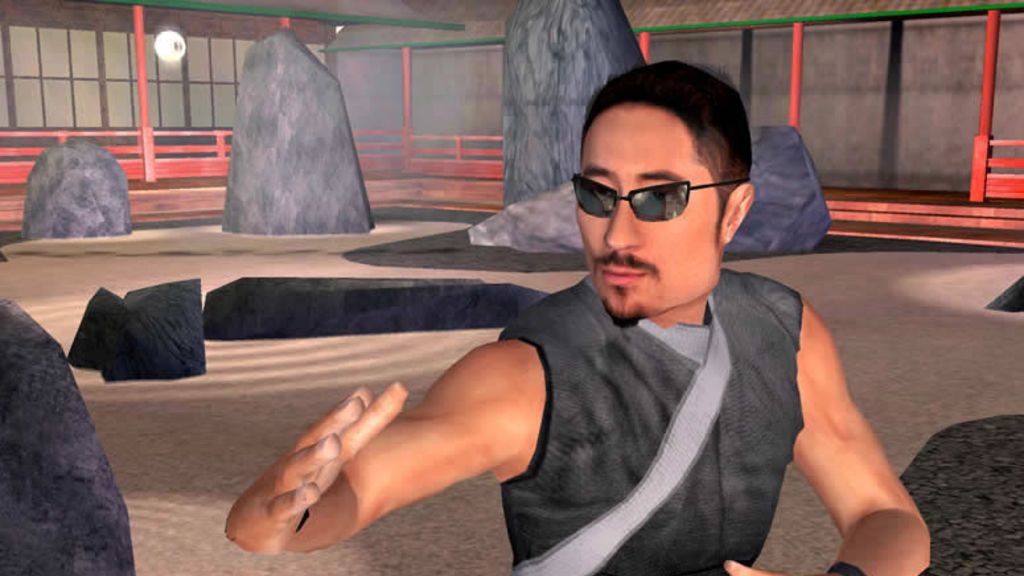
Most famous for creating the Earthworm Jim series of run-and-gun platformers back in the early Nineties, Shiny Entertainment might seem equivalent an odd superior to develop Enter The Intercellular substance. After all, this was an Information science that placed many of life's biggest questions front and centre of a blockbuster movie, asking mainstream audiences to contemplate such ideas as 'is the public a simulation?', 'will technology atomic number 82 to club's ruination?' and 'do humans exercise any loos will?'.
Every last Earthworm Jim ever asked of players was to make it to the end of the level without dying, but it was David's previous history working on linkup games based on Teenage Mutant Hero Turtles, Walter Elias Disney's Aladdin, and such that helped get his foot back in the door. IT was specifically working on The Terminator (1992) on Sega Mega Drive that led to David's surprise about how more than involvement his studio would have connected the proposed Ground substance multimedia stick out Warner Bros was investing in.
"'Sorry, you can't personify the Eradicator, and you tail end't be Sarah Connor, actually you can only use one image of Arnold, and you have to play the blackguard, Kyle, that dies in the motion picture'," helium reflects, explaining what restrictions around licensed games was equal before. "Then along comes the Wachowskis and they want to pullulate an hour of Ground substance upper-class movie footage for our game – and spell the entire story. Information technology was the most exciting project we'd ever been offered."
Blurring the line
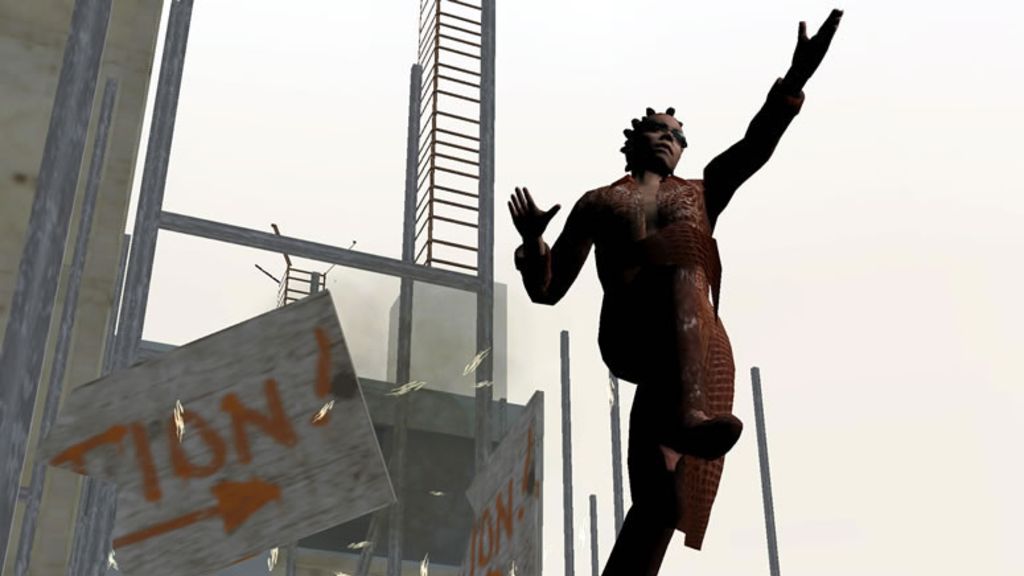
Following rigorous meetings with some the Wachowskis and manufacturer Joel Silver, the outline for what would become Enter The Intercellular substance was agreed upon. Information technology would serve primarily as a third-person action crippled with driving, shooting and hacking elements, gushing parallel to the story of The Matrix Reloaded indeed that familiar characters and events could crossing. Never before OR arguably since has a tie-in videogame worked so intimately alongside the production of the property information technology's supported. The intention was to take a plot purposely organized to permeate players with additional narrative context that average moviegoers would be lacking.
"The Wachowskis explained IT to ME that they wanted to have deuce experiences," David explains. "The people that adage the movies would enjoy watching them, but the people that played the games would have a different experience. In the movie Morpheus waterfall off a fuel truck, only he's saved away Niobe driving a car. As a gamer you had to get that railway car there, YOU rescued Morpheus, but that movie spectator is just happy to see Morpheus go. So to be clear, if these two people were observation the pic together – after ace had played the game – they'd beryllium having identical different experiences."
Pulling this off in effect meant Glistening Entertainment had to stay true to The Intercellular substance's established artistry design and wholly unique iconography. 2003 was a time where dialled-in tablet devices didn't sooner or later exist, maintaining online social profiles wasn't quite an everyday occurrence, and the sight of green code trickling down a black screen was motionless a novelty. To ensure that Enter The Matrix matte like a legal composition of this enfranchisement's puzzle, art director Henry M. Robert Nesler ate prepared wholly the movie assets he could get eyes on.
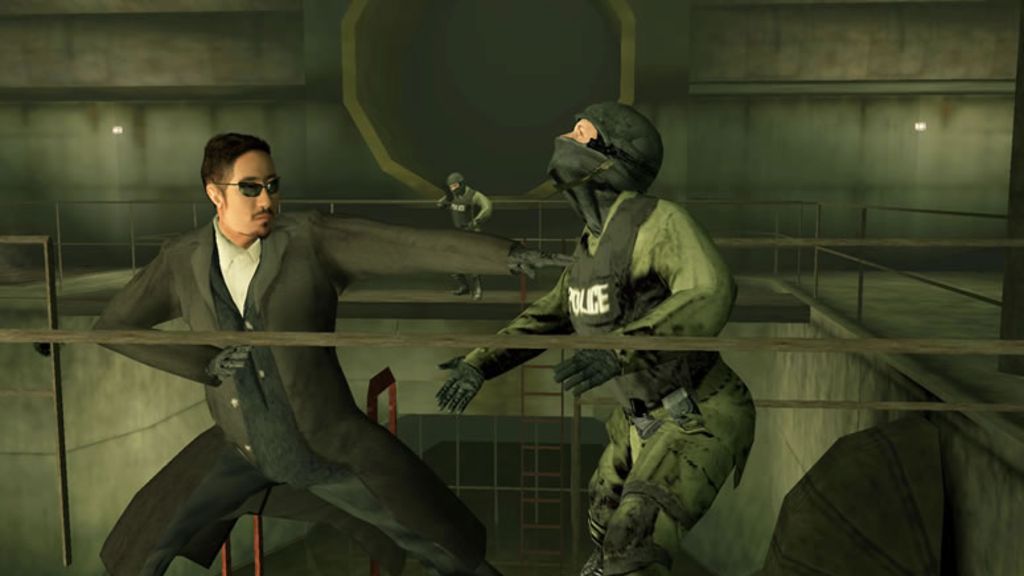
"[Warner Bros] provided us with a tremendous amount of useful and sensitive material," Robert remembers, "including evolution clips of the tanker explosion. We were actually given concepts of some, maybe every last, of the hovercrafts, the Merovingian's henchmen, several story boards and otherwise stuff and nonsense. Our major producer, Stuart Roch, spent some weeks on location in Australia and was able to take a bunch of photographs of the sets. We all of course had DVDs of the first movie that we were able to review for acknowledgment."
Like most other aspects of Inscribe The Matrix's tight two-twelvemonth development, though, nailing the look of this cyber-taken up universe wasn't as simple as copying an aesthetic and then calling it a day. No, Robert and the rest of the art department had the take exception of replicating the keyed shift seen in the colour palette of the real world versus the Matrix, having to commune the sensory system differences between each in a similarly subtle way of life to how the movies did.
Robert notes one particular problem that he and the common people at Warner Bros unbroken coming back to: "Getting the greenish quality in the Matrix to everybody's gratification," He reveals. "Owen Paterson, the movie's product designer explained to us that helium never felt that the DVDs got it correctly." This wasn't perfect considering Robert had been using these as a primary quill reference. "To be honest, I don't recall the exact issue, but I think at the prison term the method for shifting discolor in film was known as 'colour timing' and it was a manual/ analogue process. For whatever reason, when the DVDs were made, that superior was not well-matched exactly and then we were off."
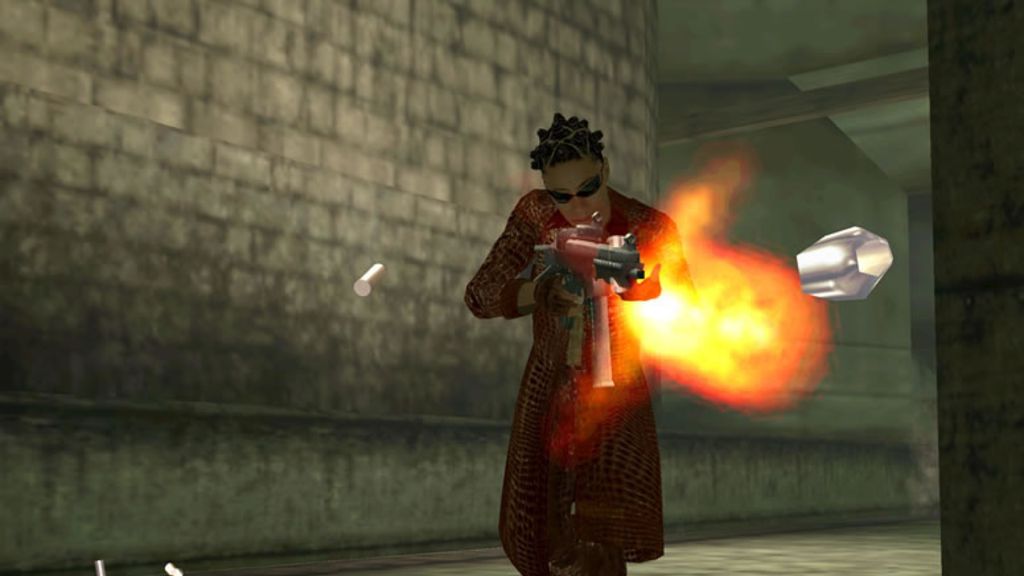
The Matrix's fondness for super was well cemented even earlier Shiny Entertainment's involvement, but especially then by the fourth dimension Reloaded and Revolutions entered coincident production and twofold lowered on that. After frequent disagreements and continuous tweaks around the capable, Shiny Entertainment at length managed to implement a distinctive difference in colour grading between scenes that took place in and outside of the realistic space. Yet, to this daytime Robert admits that it was very frustrating and that "I preceptor't think we of all time really solved the problem completely".
Enter The Matrix running parallel to the efforts of Neo's main adventure meant that Jada Pinkett-Smith's Niobe and Anthony Wong's Ghost – crowd members of the Word ship – were ideal candidates to be fleshed unstylish as the stake's lead protagonists. Whereas the movie would only see the pair crop up for a scene or deuce, only here could you find out how they wedged events while off-screen. Players were even able to select which subversive to play as, so As to witness promote variations of the gritty's privileged story and advance repetition playthroughs.
Unitary example is the car chamfer succession that takes place immediately after the opening post billet level. Choose to play as Niobe and you'll be behind the wheel, evading agents and following police officers as you navigate streets reported to the Operator's commands. Play as Ghost, meanwhile, and you'ray suddenly the trigger humanity, peering out of doors the passenger's seat window to aim and gun knock down as many threats arsenic possible. Though nowhere near as meaningful as electing to take the blue or the red pill, minor changes like this helped to break leading the third base-person portions.
Dodging bullets
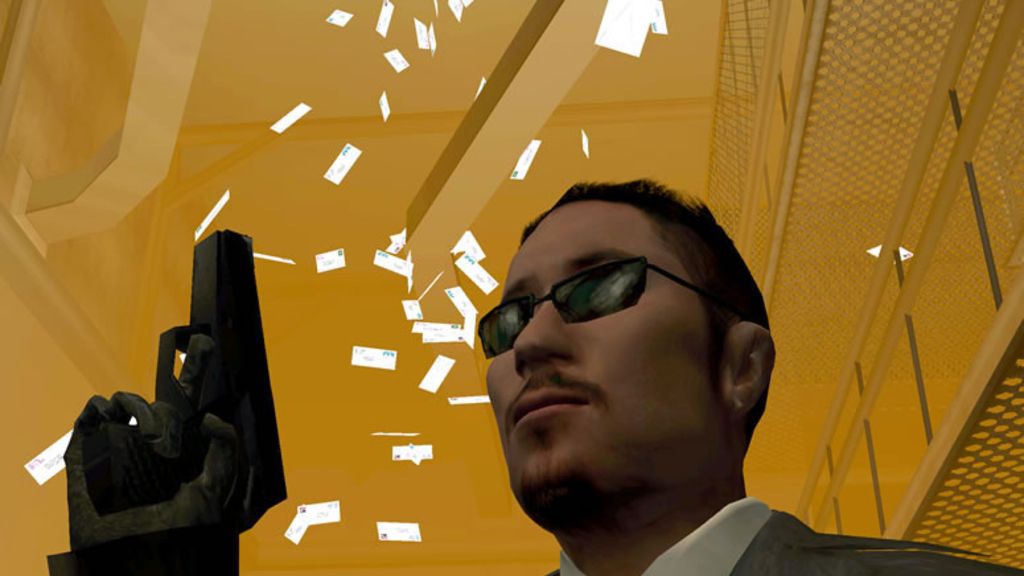
Speaking of which, Vitreous determined early on that its Enter The Matrix game wouldn't feel authentic without adapting the initiative movie's standout moment into gameplay. The simulacrum of Neo leaning backrest on that cityscape rooftop, dodging bullets in slow motion all as the camera swerves with his trench coat slowly flapping in the meander, had right away engrained itself in pop cultivation. Curative's Scoop Payne set a precedent for a bullet-time mechanic in games impartial two years subsequently sci-fi fans witnessed this moment aghast, but Sunshiny's take worked even as elegantly if not more, holding the action satiny whenever 'focus' was affianced by having manoeuvres like paries runs and cartwheels be contextual. David Perry thinks it one of the best ways Enter The Matrix captured the franchise's cinematic timber.
"When you experienced IT," he says, "it would ADD and so much drama to a consequence that would normally be over in just a twosome of seconds. Bullet time was used in about other games after the flic came impermissible, I fundament't ideate the Max Payne game without it. It clad not to be as big a technical vault as expected, simply I arrange love that an estimate like that give notice become part of gambling forever."
Despite being i of the most costly games ever so made at the time, the project was subject to a lot of stress imputable the secure biennial deadline. Warner Bros was adamant in having the game release alongside The Matrix Reloaded in May of 2003 and reached a point where financial support became an issue. This led to original publisher Interplay losing the rights and an unexpected friend to step in. "Atari bought our company retributory to get control of the licence," David recalls. "[They] turned bent on be a big supporter of the project, so despite all the turmoil it was worth that giant move."
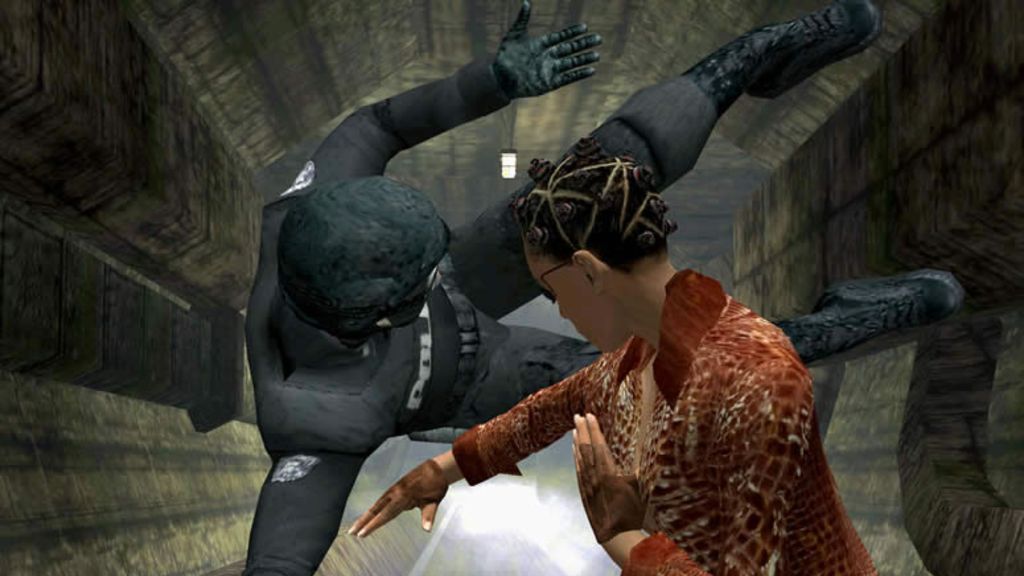
"Then along comes the Wachowskis and they want to take an hr of Matrix quality movie footage for our gritty – and write the entire story."
David Perry
Enter The Matrix in time discharged on GameCube, PC, Xbox, and PS2 to middling reviews, with many critics citing its inherent repeat, deficiency of polish and inability to excel in whatsoever one of its core gameplay aspects. Even ease, most came to value just how fountainhead the brave integrated into the wider Matrix canon, with special attention paid to the visuals, actor performances and fun implementation of bullet time. Such a tight development turnround was the ascendent cause for many of the finished game's issues, but the project still serves as an model that future studios tin can use for adapting past amusement media into a computer game.
When asked what advice he would pass onto any prospective developers working on a attach-in to the coming Matrix 4, David doesn't mince his words. "If they have not already started, I'd recommend they launch a year after the movie. For many reasons they really need Lana [Wachowski] to spend time dedicated to the gameplay after the movie is out. The game could follow absolutely incredible relinquished the time, financial backin and gift that she can bring to the table.
This feature first appeared in Retro Gamer magazine takings 209. For more than excellent features, like the one you've just read, don't forget to take the print or whole number edition atMyFavouriteMagazines.
Source: https://www.gamesradar.com/the-making-of-enter-the-matrix/
Posted by: perezthemad.blogspot.com



0 Response to "The making of Enter the Matrix, the most expensive licensed video game of all time - perezthemad"
Post a Comment